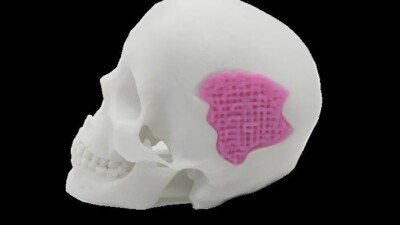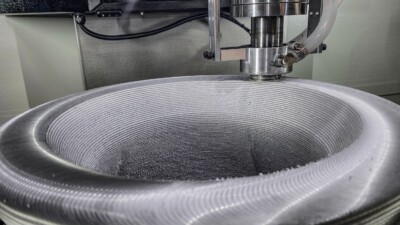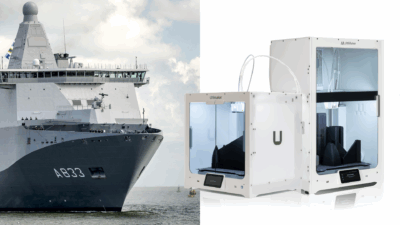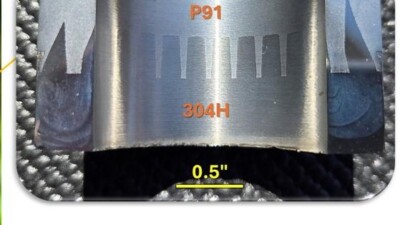Our inaugural series of webinars dedicated to additive manufacturing included major growth industries, hybrid manufacturing, and some surprising use cases.
The inaugural 3D Printing Week kicked off last week here at engineering.com and, if you missed it, it’s now available for on-demand viewing.
The five webinars we ran over five days covered everything from hybrid manufacturing strategies, to 3D printed lattice development and design, to additive manufacturing (AM) trends in defense, aerospace, and medical devices.
Still wondering if it’s worth your time?
Here’s a recap of what we learned from 3D Printing Week 2025.
A History of Failure in 3D Printing
I kicked things off on Monday with a unvarnished look a the history of the AM industry, focusing on some of the biggest failures that have led us to today. Besides talking about some of the most infamous examples of 3D printed failures (including an Olympic bicycle crash and an exploding rocket combustion chamber), I asked whether and to what extent failures of this kind can be attributed to failures in the AM business world.
From the 3D printing consumer bubble to the industry’s woeful attempts at consolidation, there are plenty of important lessons to learn. Plus, don’t miss me rattling off +25 quick-fixes for the most common 3D printer failures.
Hybrid Manufacturing Demystified
Once you’ve come to terms with the reality that 3D printing will never fully replace traditional manufacturing methods such as machining and molding, the question becomes: How do you know which method to use? John Toews and Michael Dymond from A3D Manufacturing tackled this issue head-on in a presentation that covered the entire journey, from design to mass production.
In addition to discussing particular use cases and explaining when, where and why AM was or wasn’t the ideal approach, they also provided decision matrices to help you evaluate your own applications in terms of costs and lead times.
Built to Break, Designed to Protect
Everyone loves a great additive application and Ryan Watkins from NASA Jet Propulsion Laboratory presented one that’s truly unique. Discussing his work on the Mars Sample Return mission, Watkins took us through his work developing crushable lattices to absorb the terminal impact of the vessel containing samples taken from the Red Planet when it returns to Earth.
Part of that work involved the development of a specialized set of tools for designing your own lattice structures, and our presenter was kind enough to share it as a free resource that anyone can access online. Learn about some truly inspiring engineering research and get a potentially useful tool for your own work in the bargain. What’s not to like?
The Business Case for Additive in Defense
If you know anything about the AM industry, you probably know that the defense sector is one of the fastest growing markets for industrial 3D printing. Tali Rosman from RHH Advisory sat down for an open and illuminating discussion of the state of AM in defense today and what the future holds.
Covering a host of military applications – for land, air, and sea – Rosman offered insights into the disparity between the Chinese and American defense industrial bases, how AM can potentially shore up that deficit, and what needs to happen with 3D printing technology for it to do so. Find out why AM is gaining ground in defense and how you can turn it to your own advantage.
AM Applications in Aerospace and Medical Devices
I wrapped up the week by sitting down with Jim Hammerand from Medical Design & Outsourcing to compare notes on two of the biggest industries for additive manufacturing: aerospace and medical devices. In our wide-ranging conversation, we discussed the benefits and challenges of using 3D printing in these industries, as well as some of our favorite applications.
From metal additive antennas to bioprinted heart valves grown in space, we learned a lot from one another, and we even came to a consensus on which industry offers more opportunities for AM in the future. Join us for a relaxed and open-ended conversation and about where these two industries differ and what they share in common when it comes to additive manufacturing.
A big Thank You to all of our presenters and participants as well as Hawkridge Systems for sponsoring the event.
We can’t wait to see what’s in store for 3D Printing Week 2026!



